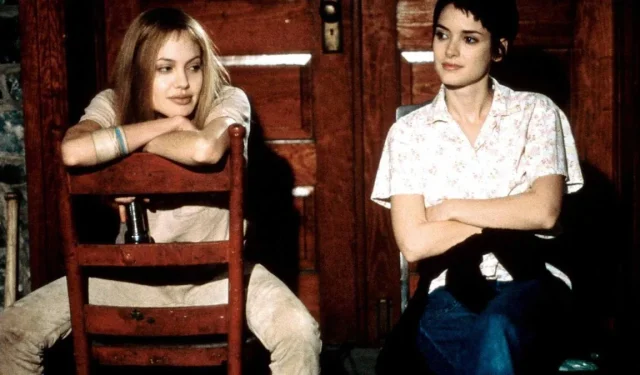
Adapted from Susanna Kaysen’s memoir published in 1993, the film Girl, Interrupted stands out as a significant portrayal of mental health issues in Hollywood.
Directed by James Mangold, this film features performances from an impressive cast, including Winona Ryder, Angelina Jolie, Clea DuVall, Elizabeth Moss, and Brittany Murphy. Although it garnered mixed reviews at the time of its release and achieved moderate box office success, the film has since been reevaluated, with particular praise given to the captivating performances of Ryder, Murphy, and Jolie.
Girl, Interrupted delves into complex themes and presents intricate characters, making it a challenging experience for viewers, especially upon a single viewing. This article seeks to unpack the psychological drama’s conclusion while highlighting its central themes and the crucial messages it aims to deliver.
This article contains spoilers for Girl, Interrupted!
The narrative centers around 18-year-old Susanna Kaysen (played by Winona Ryder), who is diagnosed with Borderline Personality Disorder (BPD) and subsequently admitted to a psychiatric hospital. During her stay, she encounters various women wrestling with their own mental health challenges.
As the story unfolds, Susanna develops a deep friendship with Lisa Rowe (Angelina Jolie), a sociopath who quickly earns her trust. Alongside them, a sense of solidarity grows within their group, including Georgina (Clea DuVall), Daisy (Brittany Murphy), and Polly (Elizabeth Moss).
However, as tensions rise, their friendship is severely tested when Lisa cruelly mocks Daisy over her abusive past, leading her to take her own life. In the aftermath, Susanna starts to engage in her therapy and show willingness to change, prompting the doctors to consider her for discharge. Conversely, Lisa, who steals Susanna’s diary filled with personal reflections about the other girls, faces repercussions for her actions.
Intent on turning the girls against Susanna, Lisa shares excerpts from the diary with Georgina and Polly. This backfires when Lisa discovers unflattering remarks about her behavior, igniting a confrontation in the tunnels where both women unleash pent-up emotions. Susanna criticizes Lisa’s abusive tendencies and her fear of true connection, leading Lisa to a moment of vulnerability where she contemplates self-harm, interrupted by Georgina’s timely intervention.
Before her departure from the hospital, Susanna seeks out Lisa in solitary confinement to express her remorse. Lisa reassures Susanna about her enduring humanity, while Susanna also makes amends with Georgina and Polly for her past comments in the diary.
This film intricately navigates various mental health disorders depicted through its diverse characters, from Susanna’s understated BPD to Polly’s severe schizophrenia as a burn victim. Lisa’s character, marked by a façade of toughness and wit, becomes a focal point as her deeper emotional struggles are unveiled towards the film’s conclusion.
Despite being over 25 years old, Girl, Interrupted continues to be a timeless film that thoughtfully addresses mental health issues while delivering powerful messages through the experiences of characters like Lisa, Daisy, and Polly.




Leave a Reply